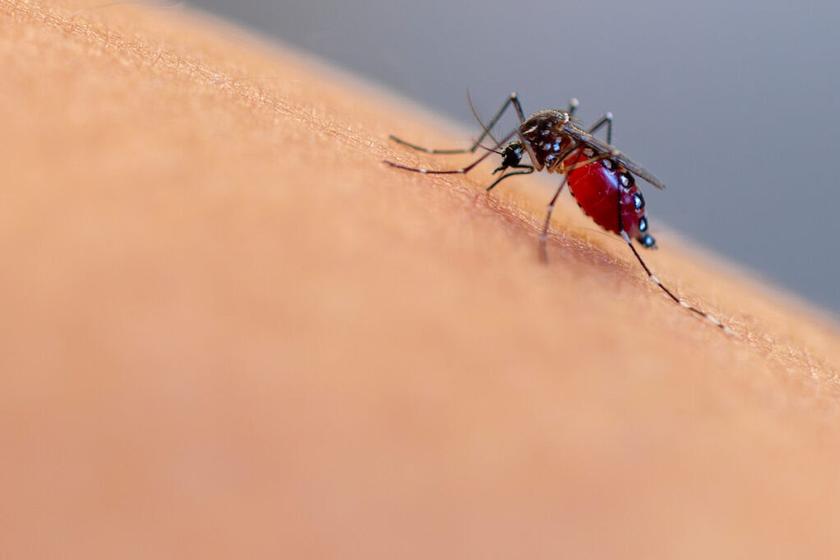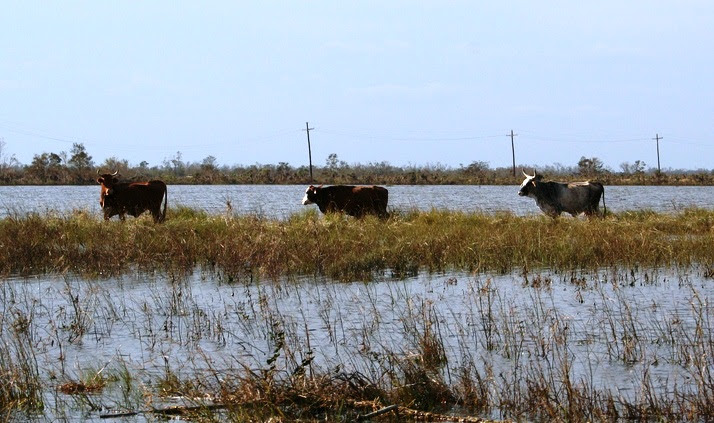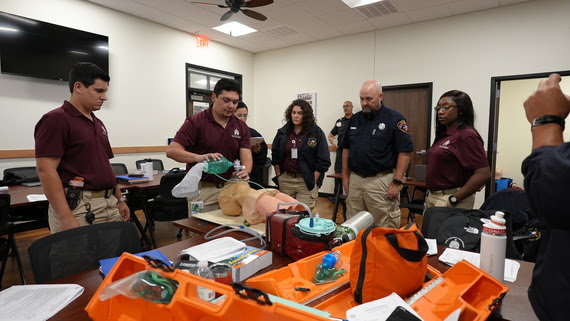- Sections :
- Crime & Public Safety
- Restaurants & Food
- Sports
- More
Texas A&M AgriLife’s hunting season weather report bodes well for local hunters

THE WOODLANDS, TX – Thanks to timely spring rains and relatively mild summer temperatures, hunters have reason to be optimistic as they take to the field this fall, according to a Texas A&M AgriLife Extension Service expert.
“Whenever we have sufficient spring and early summer rains, we tend to see really good recruitment, leading to population growth across most species,” said Marcus Blum, Ph.D., AgriLife Extension wildlife specialist and assistant professor in the Texas A&M College of Agriculture and Life Sciences Department of Rangeland, Wildlife and Fisheries Management.
These rains facilitate the growth of vegetation, which not only provides nutrition, but critical protection for nesting, brooding, fawning and thermal cover from the summer heat.
The season has already kicked off in some zones for dove hunters, and based on the latest Texas Parks and Wildlife Department Dove Population Status, they can anticipate good potential for a productive year.
Texas Parks and Wildlife biologists estimate the state supports 35.9 million mourning doves — a 5% increase from 2024 and 28% above the long-term average. This year, white-winged doves number around 11.7 million — an 8% decrease from 2024, but still 15% above the long-term population average.
With a population of roughly five million, Texas is home to more white-tailed deer than any other state. And thanks to mostly positive environmental conditions during gestation and fawning periods, Texans should expect to see many new, healthy additions to the landscape, Blum said.
“Something that is often overlooked is the importance of maternal condition on fetal development in white-tailed deer,” he said. “If the doe is in good condition, she will be able to allocate more energy into developing a stronger, healthier fawn.”
Adequate nutrition is also critical for antler development.
“Bucks depend heavily on high-quality forage during the summer months — particularly plants rich in protein, calcium and phosphorus,” he said. “Although forage availability varied by region, I think we can anticipate solid antler growth in most parts of the state this year.”
Meanwhile, the quail outlook looks positive. Over the last three decades, Texas has experienced a steady decline in both bobwhite and scaled quail populations, driven by several factors, including habitat loss and fragmentation of native grasslands they depend on. But despite this downward trend, the last few years have seen productive nesting seasons for bobwhite quail, aided in large part by positive weather conditions supporting nesting cover and food availability.
“It looks like the bobwhite population in the Rolling Plains is going to be very good this year,” said Ryan O’Shaughnessy, Ph.D., executive director of the Rolling Plains Quail Research Foundation. “We’ve had great rainfall, and all of our surveys suggest we’re going to be in another boom year — probably pretty close to where we were in 2016.”
O’Shaughnessy said he anticipates a similarly positive outlook for the South Plains.
While much of the state fared relatively well in terms of timely rains, Blum said regular precipitation is only part of the equation, and quality habitat management is necessary to allow that rainfall to translate into high-quality forage that meets the needs of Texas’ various game animals.
“Managing the landscape to meet the habitat needs of your desired species is going to weigh on the results,” he said. “Widespread land use and land management changes have hit many of our game bird species hard. For us as landowners and hunters, to conserve our game and non-game species, we need to steward the land that supports them.”
For the Southeast region, which includes The Woodlands and Montgomery County areas, Texas AgriLife reported that precipitation varied across the district, with soil moisture levels ranging from adequate to surplus. Crops were generally in good condition, with corn reaching maturity and the rice harvest almost complete. Sorghum had headed and matured, and cotton began to set bolls and square. Pasture and rangeland conditions ranged from fair to excellent. Livestock conditions were good overall.








